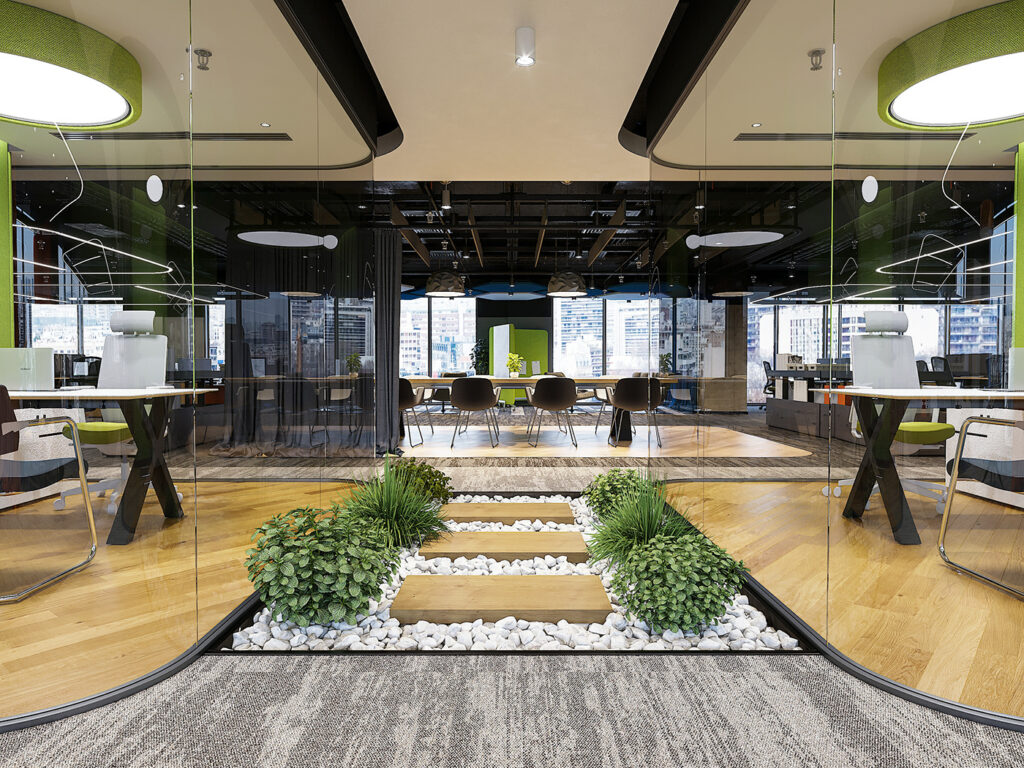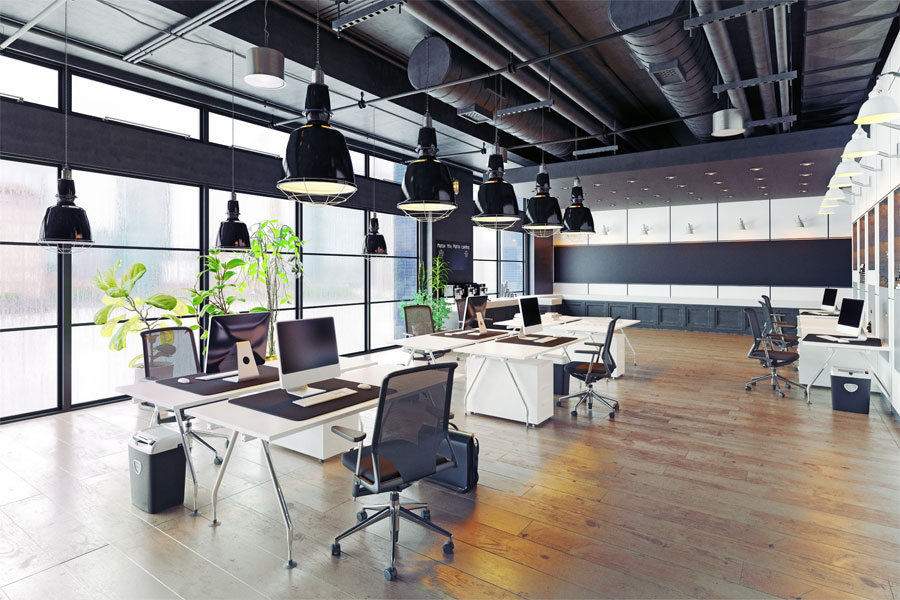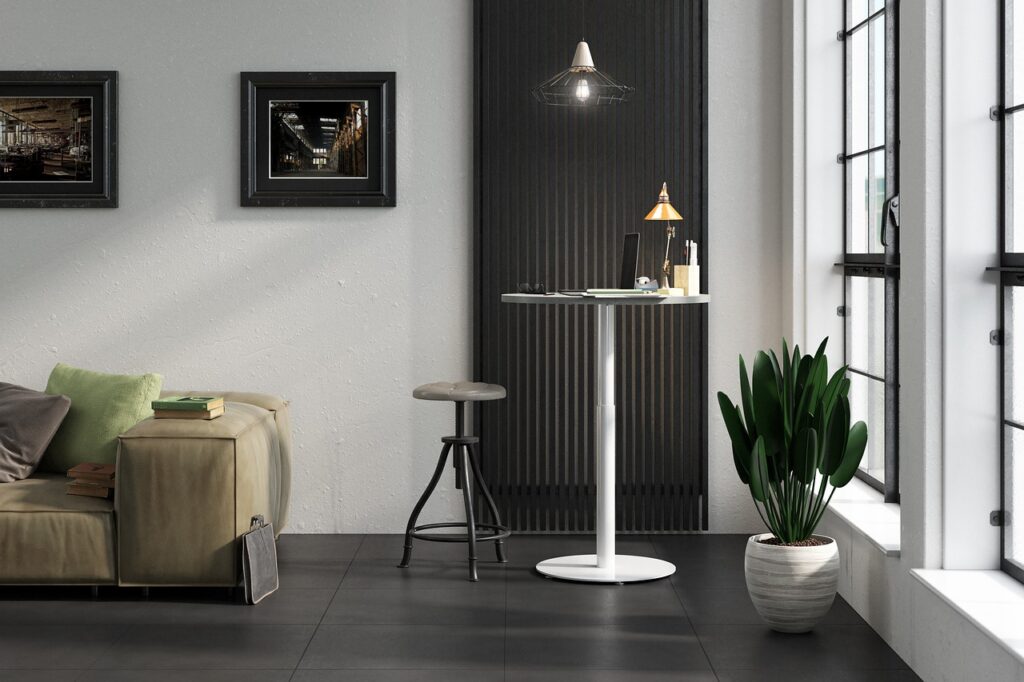Introduction
Designing a modern, functional office is about more than aesthetics — it’s a strategic investment in productivity, employer brand, and company culture. For startups and SMEs, however, the cost of quality interiors, furniture, HVAC, lighting, IT infrastructure, and branding can be a major hurdle. Paying everything up front can drain cash reserves, delay hiring, and slow growth.
Fitout Finance — also called Office Interior Finance or SME Workspace Funding — solves this problem by converting large capital expenses into predictable monthly payments. This allows young companies to create high-quality work environments now while keeping funds available for core business activities. Below we explain exactly how startups and SMEs can take advantage of fit-out financing, practical use cases, and smart implementation tips.
Why Fitout Finance is Ideal for Startups and SMEs
Startups operate on tight cash runway and rapid iteration. SMEs often balance expansion with profitability targets. Fitout finance aligns with both realities by preserving working capital and enabling faster execution. Rather than delaying an office upgrade until capital is raised, businesses can start operations in a fully fitted space and pay over an agreed tenure. This improves operational continuity, supports recruitment, and presents a professional image to customers and investors — all without sacrificing liquidity.
Real-World Use Case: An Example That Works
Consider a 25-person SaaS startup moving into a 4,000 sq. ft. office. A high-quality fit-out — including modular workstations, meeting rooms, acoustic treatment, AV setup, and branded reception — might cost ₹40–50 lakh. If the startup pays upfront, that’s a major hit to runway and hiring plans. With fit-out finance, the same project can be financed over 36–48 months with predictable monthly payments tailored to the company’s cash cycle. The startup secures a professional workspace immediately, continues hiring, and improves team productivity — while spreading the cost.
What Fit-Out Finance Typically Covers
Fitout financing is comprehensive. Rather than funding only furniture or equipment, modern fit-out loans or leases often include:
- Interior design and build (walls, flooring, ceilings)
- Furniture and modular workstations
- MEP works (HVAC, lighting, electrical)
- IT infrastructure, networking and audiovisual systems
- Security and access control systems
- Branding, signage and reception fit-outs
Because it’s an end-to-end solution, companies avoid managing multiple credit lines or vendor advances, simplifying administration and execution.
How to Structure Fitout Finance for a Startup or SME
Start by obtaining a detailed project estimate from your design-build partner. Lenders or NBFCs who offer fitout finance will evaluate the project plan, vendor credentials, and the borrower’s business profile. Common structures include:
- Term financing with fixed monthly repayments (2–5 years)
- Leasing of furniture and equipment with buyout options
- Phased disbursement tied to project milestones to match cash flow and reduce risk
Smart structuring aligns the tenure with your office lease or revenue projections so repayments don’t outlast the economic benefit of the space.
Financial & Operational Benefits for Startups and SMEs
Using fitout finance delivers several advantages beyond simply avoiding upfront cost. First, it preserves cash flow for growth activities like marketing and hiring. Second, predictable payments improve financial forecasting and budgeting accuracy. Third, many finance arrangements are treated as operating expenses (OPEX) rather than capital expenditures (CAPEX), which can be attractive from an accounting and investor-presentation standpoint. Finally, fast approvals and direct vendor payments speed up project delivery, reducing time to productivity.
Practical Steps to Secure Fitout Finance
- Finalize scope & design: Get a detailed BOQ (bill of quantities) and timeline from your design-build partner.
- Prepare basic documents: Most financiers ask for business registration, bank statements, GST returns, and the project estimate.
- Choose the right financier: Compare rates, tenure flexibility, disbursement terms, and whether they offer end-to-end settlement with vendors.
- Negotiate milestone disbursements: Ask for the financing to be released on completion of pre-agreed project stages to ensure quality control.
- Align tenure with lease & growth plans: Make sure repayments match your expected cash inflows to avoid strain later.
Design & Operational Tips to Maximize ROI
Invest in flexibility: choose modular furniture and reconfigurable layouts that adapt as your team grows. Prioritize employee experience (acoustics, natural light, ergonomic furniture) because retention and productivity are among the highest ROI drivers of office design. Finally, document the project clearly — timelines, warranties, and handover acceptance — to avoid scope creep and payment disputes.
Conclusion
For startups and SMEs, Fitout Finance is a practical route to deliver professional, productive workspaces without jeopardizing growth capital. By structuring the project with the right design partner and financier, businesses gain immediate operational benefits, predictable costs, and the ability to scale. In short: build the office your team needs today, and pay in a way that supports tomorrow’s growth.
Click here to connect with AirBrick Infra!
Frequently Asked Questions
Question 1: What exactly is Fitout Finance?
Ans: Fitout Finance is a flexible funding model that helps startups and SMEs design and build their office interiors without paying the full cost upfront. It converts capital-heavy expenses into manageable monthly payments.
Question 2: Who can apply for Fitout Finance?
Ans: It’s ideal for startups, small and medium enterprises, and growing businesses setting up new offices or upgrading existing spaces. Eligibility is based on basic business credentials and project feasibility.
Question 3: What does Fitout Finance cover?
Ans: It covers interior design, furniture, electricals, lighting, HVAC, IT systems, and branding — essentially, everything required to create a fully functional workspace.
Question 4: How is Fitout Finance better than a traditional business loan?
Ans: Unlike standard loans, Fitout Finance is customized for interiors, often has faster approvals, and allows flexible repayment aligned with lease or revenue cycles.
Question 5: Does it impact ownership or equity?
Ans: No, it doesn’t dilute ownership or affect equity. It simply spreads your interior investment over time while keeping your capital free for growth and operations.
Summary
Fitout Finance is revolutionizing how startups and SMEs build their dream offices by eliminating heavy upfront costs. Instead of paying for interiors, furniture, and equipment in one go, companies can now convert these into affordable monthly payments. This model — also called Office Interior Finance or SME Workspace Funding — allows businesses to design and execute premium-quality workspaces without straining liquidity.
By partnering with design-build firms and financing providers, startups can quickly transform empty spaces into modern, functional offices that reflect their brand and culture. Fitout Finance covers end-to-end costs — from design and construction to IT, lighting, and branding — ensuring faster project execution and financial flexibility.
For growing businesses, it preserves cash flow, maintains an asset-light balance sheet, and can even offer tax benefits if structured as operational expenditure (OPEX). In short, Fitout Finance empowers startups and SMEs to build today and pay strategically tomorrow, creating inspiring work environments that fuel productivity and long-term growth.





